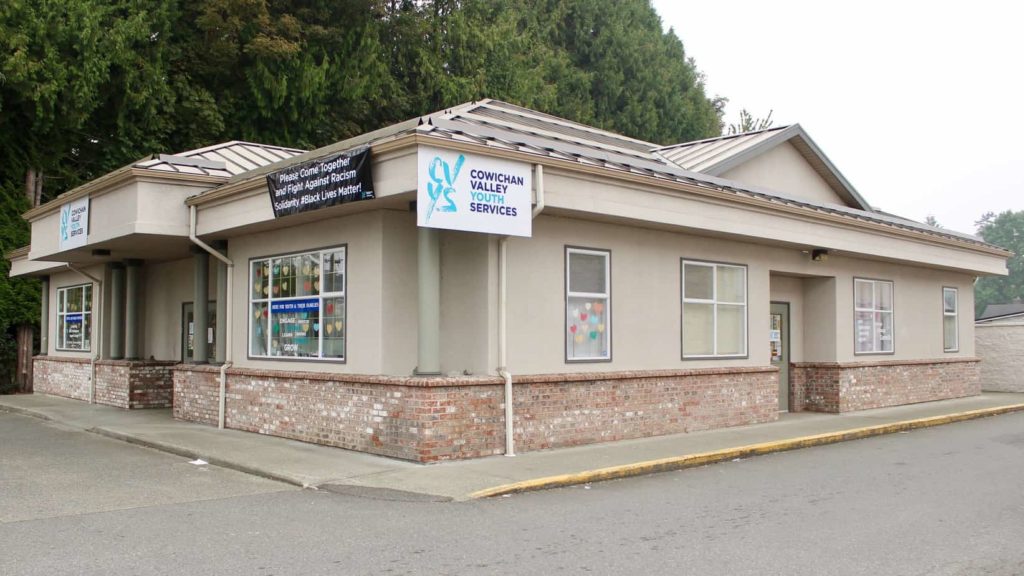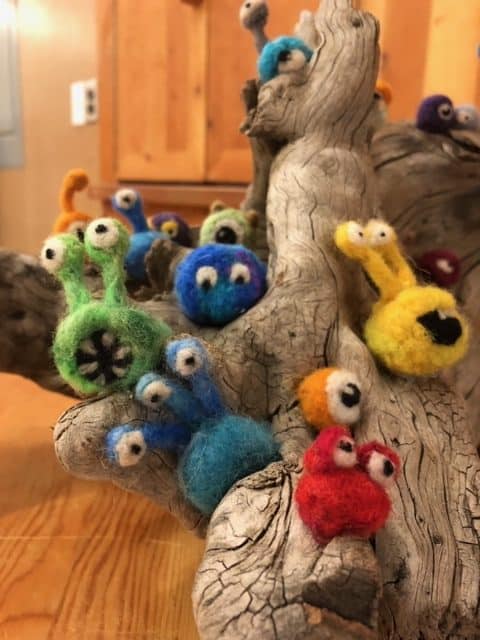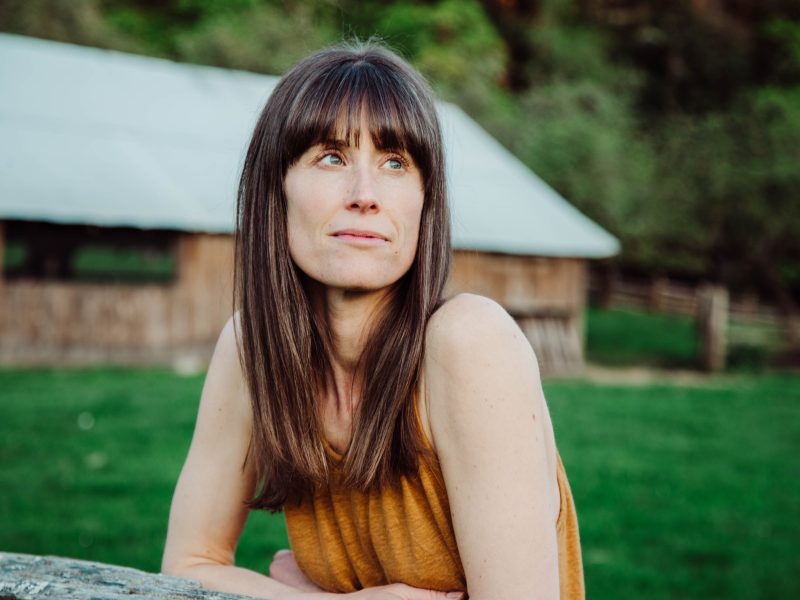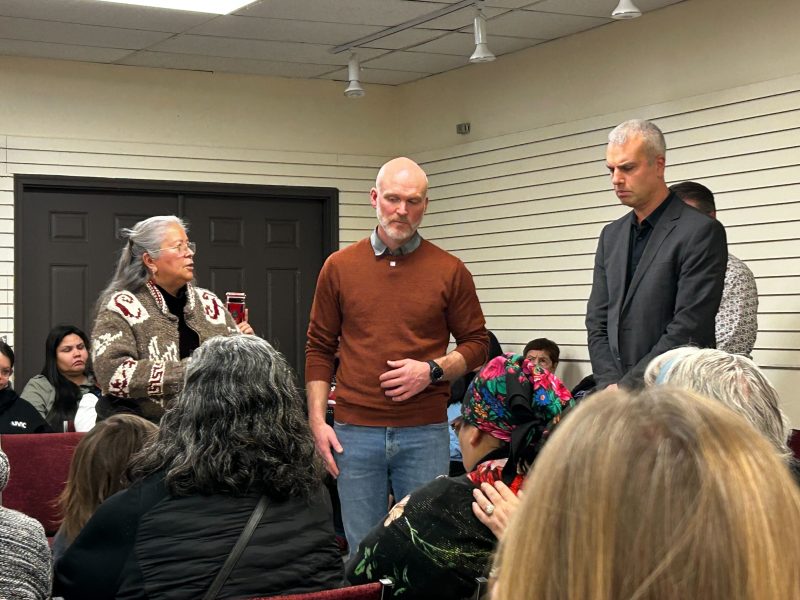
This article is from The Discourse’s Cowichan Valley newsletter. Sign up to get it in your inbox.
It me, Morgan, again, here to answer another question. Chantell asked us to look into the rise in emotional and mental distress among youth, and was curious in particular about the divide between rural and urban communities.
I spoke to a few team members from Cowichan Valley Youth Services, a teen and family counselling agency in Duncan, to get their perspectives on this issue.
On a Zoom call, I connected with Michelle Bell, the executive director of Cowichan Valley Youth Services, as well as youth counsellors Sophia Palmer and Bianca Humbert.
They tell me that mental health services for youth in Cowichan are lacking compared to neighbouring areas of a similar population, including Nanaimo and Langford. Specific programs and services, including options for housing and addictions treatment, are needed but not available.
Within Cowichan, there are disparities, too. “Cowichan is particularly weird,” says Bell. The region includes the nine electoral areas of the Cowichan Valley Regional District, four municipalities and eight First Nations governments. “Just politically, the way it’s set up, it’s very disjointed.”
The region is large and spread out, and transportation is a huge issue, particularly for youth. Just getting to where the limited services are offered is a major barrier for many who need help.
How do mental health systems fail Cowichan youth?
A lot of the help that’s available isn’t accessible or friendly to youth, Bell says.
“There’s this feeling of shame and blame. If you’re experiencing problems, maybe you’re making poor choices, or maybe there’s something about you we need to fix. … Then there’s a whole interrogation of let’s figure out what’s wrong with you. And maybe we should medicate it, or maybe we’ll meet with your parents and talk about you behind your back to figure out what they think is wrong with you.”
The system doesn’t work, but it doesn’t change, Bell says. “Then we wonder — we have an opioid and a homeless crisis. Yeah, because we dropped the ball when they were youth. And we’re still investing millions and millions of dollars into downstream, when you’re in crisis. Now, we’re just going to put a bandaid on it. Keep doing that. And we’re wondering what the hell’s going on. This is what’s going on. We’re not catching them when it surfaces.”
How can youth be better supported?
Cowichan Valley Youth Services strives to be low- or no-barrier, Bell says. Although it is not funded as an outreach service, counsellors go out to meet youth where they are at about 80 per cent of the time, Bell says. That could mean picking them up from school, or driving them to appointments. “If we don’t do that, they don’t get there,” she says.
And when they do come into the offices, the goal is to make youth feel welcome and at home, Bell says. That means being genuinely happy to see them walk through the door, offering a tea or a snack and a chat. “Once you’re here, you’re part of the family.”

“All of our programming is inspired by youth,” Palmer adds. “Youth being like: ‘I have this art that I want to share with the world.’ Okay, we’ll create an art show. Queer, trans, two-spirit and curious youth: ‘We have no spaces in this community to be safe and seen for who we are.’ Okay, we’ll create a group for you. We create things based on what the youth request.”
What impact has COVID-19 had?
“It was a saving grace to have the pandemic during the digital age for us, because we felt we can check in with everyone,” says Humbert.
She says she recognizes how beneficial online resources can be, but does not believe that virtual care has the same value as in-person care.
The counsellors at Cowichan Valley Youth Services find it harder to build relationships, especially new relationships, online, Palmer says.
“Those first moments of connecting with a youth and building trust and safety and rapport are so crucial. And having to do that for the first time via text or a phone call or a Zoom meeting … it’s just so different,” Palmer says.
However, the warm weather has allowed counsellors to be able to meet up with youth in outdoor spaces.
“We can either go for walks with them, or we set up a camping chair outside their front yard or in their backyard and have a session,” Palmer says. “So we are doing whatever we can to still connect with the youth and meet them where they’re at. But come November to March, that’s going to be really tough to maintain.”
“They’re feeling so isolated right now,” Palmer adds. “A lot of them had huge plans for school or for going on adventures, experiencing life, being a teenager. And all of that has really drastically shifted and changed — and adding that isolation piece as well. It’s just so, so disheartening for them and so we really try to meet them and show up for them. So we’re a little bit worried about when the weather gets bad.”
The pandemic has amplified disparities, too, Bell says. “COVID just shows you that the people that are actually experiencing the most hardship over COVID [are] those that have already been experiencing hardship.”
What needs to change?
The issue is with the systems, not the people who work in them, says Palmer. “There’s a lot of incredible professionals within our community. We’re actually very fortunate. Our community is very resourced. It’s just that there’s some breakdowns within systems, and us working in silos, that make it challenging. And just the limits of resources for all of us. I think we’re all struggling for resources in a way that makes it tricky, as well.”
“But there are so many amazing workers within our community,” Palmer adds. “I think our systems just need a little bit of fine tuning and a little bit of — actually just burning them down.”
Thanks for reading,
Morgan
If you need support…
- Teens and families in need of support can reach Cowichan Valley Youth Services at 250-748-0232.
- The B.C. government has compiled a list of virtual mental health supports available during this pandemic, including supports for youth and families.
- The Vancouver Island Crisis Line can be reached 24/7 at 1-888-494-3888.



